Home>Gardening & Outdoor>Plant Care & Gardening Tips>What Is A Native Plant In California
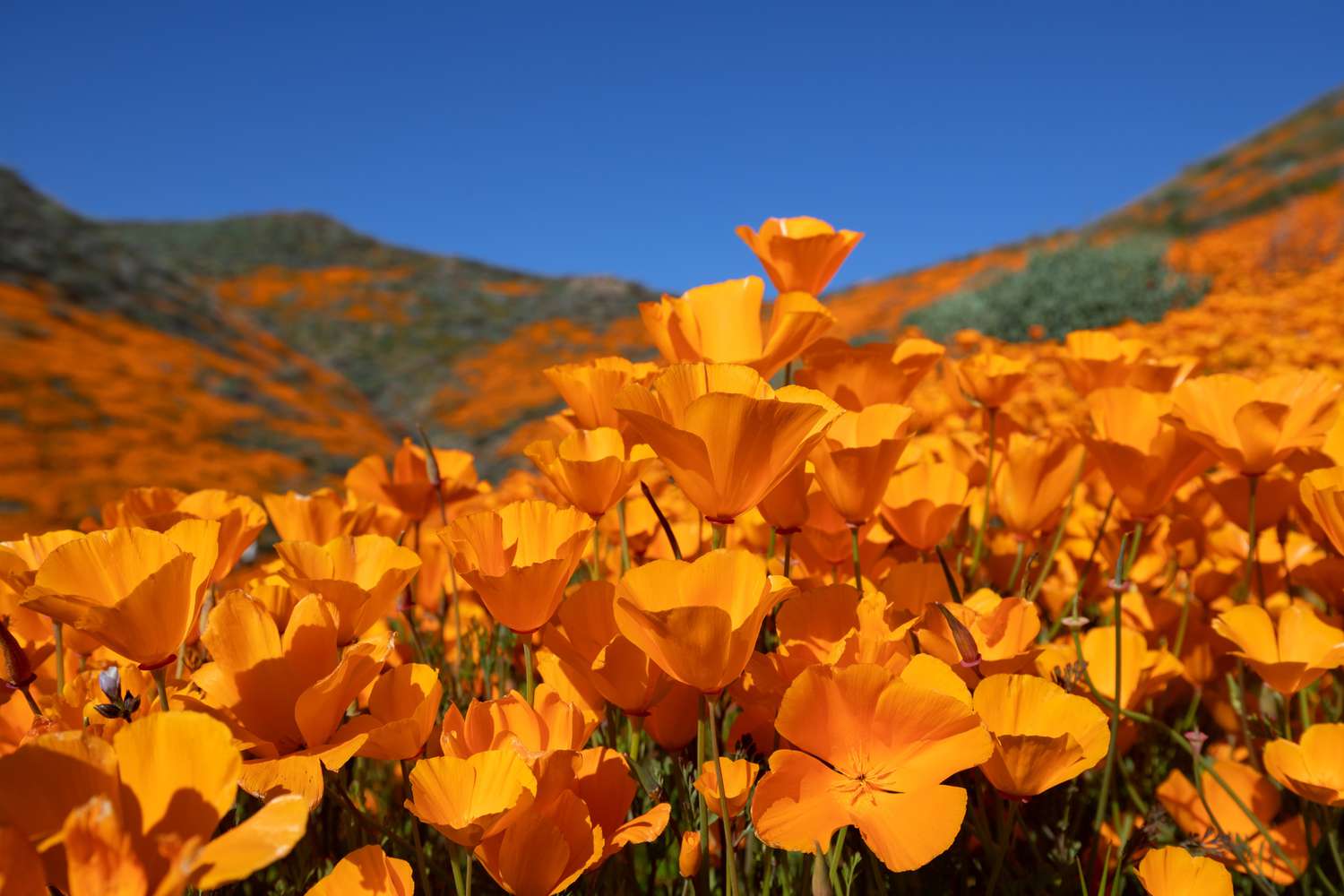

Plant Care & Gardening Tips
What Is A Native Plant In California
Modified: January 9, 2024
Discover the beauty of native plants in California and get expert plant care and gardening tips for a thriving garden. Learn how to create a sustainable and vibrant landscape.
(Many of the links in this article redirect to a specific reviewed product. Your purchase of these products through affiliate links helps to generate commission for Storables.com, at no extra cost. Learn more)
Introduction
California is home to a diverse range of flora, with an abundance of native plants that have thrived in its unique ecosystems for centuries. These plants play a crucial role in maintaining the state's ecological balance and are deeply intertwined with its rich natural heritage. Understanding the significance of native plants in California is essential for anyone passionate about gardening, conservation, or simply appreciating the beauty of the state's natural landscapes.
In this article, we will explore the concept of native plants, their importance in California, their defining characteristics, notable examples, the challenges they face, and the conservation efforts aimed at preserving them. By delving into these aspects, we can gain a deeper appreciation for the invaluable role that native plants play in California's environment and the measures needed to protect and sustain them for future generations to enjoy.
Key Takeaways:
- Native plants in California have evolved to thrive in the state’s diverse environments, supporting wildlife, preserving cultural heritage, and contributing to the resilience of local ecosystems.
- Conservation efforts, such as habitat preservation and public engagement, are crucial for safeguarding the invaluable diversity and ecological significance of California’s native flora.
Read more: When To Plant California Native Plants
Definition of Native Plants
Native plants, in the context of California’s diverse ecosystems, refer to plant species that naturally occur and have evolved within the state’s various regions. These plants have adapted to the specific environmental conditions, including soil types, precipitation patterns, and temperature fluctuations, prevalent in California. Their presence predates human settlement and plays a vital role in the state’s ecological balance.
One key aspect of native plants is their ability to thrive without human intervention, relying on natural processes for propagation and survival. They have developed intricate relationships with native wildlife, providing essential food and habitat for numerous species, including insects, birds, and mammals. This coevolution between native plants and wildlife is a defining characteristic of California’s natural landscapes.
Moreover, native plants contribute to the overall resilience of California’s ecosystems. Their deep-rooted adaptation to local conditions allows them to withstand environmental stressors, such as droughts and wildfires, more effectively than non-native species. By preserving and incorporating native plants into landscaping and restoration efforts, it is possible to enhance the stability and sustainability of California’s natural environments.
Understanding the concept of native plants is fundamental for anyone seeking to cultivate a deeper connection with California’s natural heritage. By recognizing and celebrating the unique attributes of native plant species, individuals can contribute to the preservation of the state’s ecological diversity and the promotion of sustainable gardening practices.
Importance of Native Plants in California
The significance of native plants in California extends far beyond their aesthetic appeal. These plants play a crucial role in supporting the state’s biodiversity, preserving its ecological balance, and contributing to the overall well-being of its natural environments. Understanding the importance of native plants is essential for fostering a deeper appreciation of California’s unique ecosystems and the need for their conservation.
One of the primary reasons native plants are vital to California is their role in providing essential habitat and sustenance for native wildlife. From pollinators such as bees and butterflies to larger mammals and birds, native plants form the foundation of intricate food webs and ecological relationships. By cultivating native plant species, individuals can actively contribute to the preservation of these vital ecosystems and support the well-being of native wildlife.
Moreover, native plants are inherently adapted to California’s environmental conditions, making them resilient in the face of challenges such as drought, heat, and soil variations. This resilience is invaluable in the context of climate change, as native plants can contribute to the overall stability and sustainability of California’s landscapes. Their deep root systems help prevent soil erosion, their foliage provides shade and reduces water evaporation, and their presence supports the natural balance of local ecosystems.
Furthermore, native plants contribute to the preservation of California’s cultural and historical heritage. Many native plant species have been utilized by indigenous communities for medicinal, culinary, and ceremonial purposes for generations. By conserving native plants, we honor and protect the traditional knowledge and cultural significance associated with these species, fostering a deeper understanding of California’s rich cultural tapestry.
By recognizing and promoting the importance of native plants in California, individuals can actively contribute to the preservation of the state’s ecological diversity and the promotion of sustainable gardening practices. Embracing native plants in landscaping, restoration projects, and personal gardens is a meaningful way to support the well-being of California’s natural environments and ensure their continued vitality for generations to come.
Characteristics of Native Plants in California
Native plants in California exhibit a diverse array of characteristics that reflect their adaptation to the state’s varied ecosystems. Understanding these traits is essential for cultivating a deeper appreciation of the unique qualities and ecological significance of native plant species in California.
- Adaptation to Climate: Native plants in California have evolved to thrive in a range of climatic conditions, from the arid landscapes of the deserts to the temperate coastal regions. Their ability to withstand periods of drought, fluctuating temperatures, and seasonal variations is a testament to their resilience and suitability for California’s diverse environments.
- Wildlife Interaction: Many native plants in California have developed intricate relationships with native wildlife, providing essential food and habitat for a wide range of species. From nectar-producing flowers that attract pollinators to seed-bearing shrubs that sustain bird populations, native plants play a vital role in supporting the biodiversity of California’s ecosystems.
- Soil Adaptation: Native plants have adapted to the specific soil types prevalent in California, ranging from the nutrient-poor soils of chaparral regions to the rich alluvial soils of riparian habitats. Their ability to thrive in these diverse soil conditions contributes to the overall stability and fertility of California’s landscapes.
- Water Efficiency: Many native plants in California have evolved mechanisms for conserving water, such as deep root systems, succulent leaves, or waxy coatings, allowing them to withstand prolonged periods of drought. This water efficiency is particularly valuable in the context of California’s semi-arid and Mediterranean climates.
- Erosion Control: The extensive root systems of native plants contribute to soil stabilization and erosion control, particularly in regions prone to erosion, such as hillsides and riverbanks. By anchoring the soil and preventing erosion, native plants play a vital role in maintaining the integrity of California’s landscapes.
By recognizing and celebrating these characteristics, individuals can gain a deeper understanding of the ecological significance and value of native plants in California. Incorporating native plants into landscaping, restoration projects, and personal gardens is a meaningful way to support the preservation of California’s natural heritage and contribute to the sustainability of its diverse ecosystems.
When looking for native plants in California, consider species like California poppies, coast live oaks, and manzanita. These plants have evolved to thrive in the state’s unique climate and soil conditions.
Examples of Native Plants in California
California is home to a rich tapestry of native plant species, each contributing to the state’s diverse ecosystems and natural beauty. From the iconic flora of the coastal regions to the hardy plants of the deserts and mountains, the following examples showcase the remarkable diversity of native plants found throughout California.
- California Poppy (Eschscholzia californica): The California poppy, with its vibrant golden-orange blooms, is the state flower of California and a beloved emblem of its natural landscapes. This resilient wildflower thrives in open, sunny habitats and is a symbol of the state’s unique floral heritage.
- Coast Redwood (Sequoia sempervirens): Towering majestically along the fog-shrouded coastal regions, the coast redwood is the tallest tree species on the planet. These ancient giants contribute to the awe-inspiring beauty and ecological richness of California’s coastal forests.
- Manzanita (Arctostaphylos spp.): With their distinctive smooth, mahogany-colored bark and urn-shaped flowers, manzanitas are emblematic of California’s chaparral and montane ecosystems. These resilient shrubs provide essential habitat and food for native wildlife.
- Desert Sage (Salvia dorrii): Thriving in the arid landscapes of California’s deserts, desert sage is known for its aromatic foliage and striking purple flowers. This drought-tolerant plant is a testament to the resilience of native flora in challenging environments.
- Matilija Poppy (Romneya coulteri): Also known as the fried egg flower due to its large, white, crepe-paper-like blooms with golden centers, the Matilija poppy graces California’s coastal and foothill regions, adding a touch of elegance to the natural landscape.
These examples represent just a fraction of the diverse array of native plants that call California home. Embracing and preserving these native plant species is essential for maintaining the ecological integrity and natural beauty of California’s landscapes, ensuring that future generations can continue to marvel at the remarkable diversity of the state’s flora.
Threats to Native Plants in California
Despite their resilience and adaptability, native plants in California face a range of threats that jeopardize their continued existence and the stability of the state’s ecosystems. Understanding these threats is essential for developing effective conservation strategies and safeguarding the invaluable diversity of California’s native flora.
- Habitat Loss: The ongoing expansion of urban areas, agricultural development, and infrastructure projects has led to the loss and fragmentation of natural habitats, threatening the survival of many native plant species. As their native habitats diminish, native plants face increased competition from non-native species and reduced access to essential resources.
- Invasive Species: Invasive plants pose a significant threat to native flora in California, outcompeting native species for resources, altering ecological processes, and disrupting established plant communities. The spread of invasive species can result in the displacement and decline of native plants, leading to a loss of biodiversity and ecological imbalance.
- Climate Change: The impacts of climate change, including rising temperatures, altered precipitation patterns, and more frequent extreme weather events, pose significant challenges to native plants in California. These changes can disrupt the timing of flowering and seed production, affect pollination dynamics, and exacerbate the stress on already vulnerable plant populations.
- Wildfire: California’s native plants are adapted to periodic wildfires, but the increasing frequency and intensity of wildfires, exacerbated by climate change and human activities, pose a threat to many plant species. Uncontrolled wildfires can result in the destruction of critical habitats and the loss of plant populations that are unable to regenerate quickly enough to sustain their numbers.
- Human Activities: Activities such as illegal harvesting, off-road vehicle use, and unauthorized land clearing can directly impact native plant populations, leading to habitat degradation and the decline of vulnerable species. Additionally, the introduction of pollutants and contaminants from human activities can have detrimental effects on native plant health and reproductive success.
Addressing these threats requires a multifaceted approach that encompasses habitat preservation, invasive species management, climate resilience strategies, wildfire management, and sustainable land use practices. By recognizing and mitigating these threats, it is possible to safeguard the future of California’s native plants and ensure the continued health and vitality of the state’s diverse ecosystems.
Conservation of Native Plants in California
The conservation of native plants in California is a vital endeavor aimed at preserving the state’s ecological diversity, supporting native wildlife, and fostering the sustainability of its natural landscapes. Through dedicated conservation efforts, individuals, organizations, and governmental agencies work collaboratively to address the challenges facing native plants and ensure their continued existence for future generations.
- Habitat Preservation: Protecting and restoring natural habitats is fundamental to the conservation of native plants in California. Efforts to establish and expand protected areas, such as national parks, wildlife reserves, and conservation easements, play a crucial role in safeguarding the diverse ecosystems that native plants depend on for survival.
- Invasive Species Management: Controlling and managing invasive plant species is essential for mitigating the impact of non-native plants on California’s native flora. Through targeted eradication, habitat restoration, and public education, conservation initiatives aim to reduce the spread of invasive species and minimize their detrimental effects on native plant communities.
- Climate Resilience Strategies: Implementing strategies to enhance the resilience of native plants in the face of climate change is a key component of conservation efforts. This includes promoting the use of climate-resilient native plant species in landscaping, restoration projects, and land management practices, as well as supporting research into the adaptive potential of native plants in changing environmental conditions.
- Wildfire Management: Proactive wildfire management strategies, such as prescribed burns, fuel reduction efforts, and fire-adapted ecosystem restoration, contribute to the conservation of native plants in California. By reducing the risk of catastrophic wildfires and supporting natural fire regimes, these measures help maintain the ecological integrity of native plant communities.
- Public Engagement and Education: Engaging and educating the public about the value of native plants and the importance of conservation is essential for fostering a culture of stewardship and environmental responsibility. Outreach programs, community involvement in restoration projects, and educational initiatives in schools and local communities contribute to raising awareness and garnering support for native plant conservation.
Collaborative partnerships between governmental agencies, conservation organizations, research institutions, and local communities are instrumental in advancing the conservation of native plants in California. By working together to implement conservation strategies, monitor native plant populations, and promote sustainable land management practices, it is possible to safeguard the invaluable diversity and ecological significance of California’s native flora.
Conclusion
Native plants are integral to the ecological fabric of California, contributing to the state’s biodiversity, cultural heritage, and environmental resilience. Their unique adaptations to diverse habitats, interactions with native wildlife, and intrinsic value as symbols of California’s natural beauty underscore their irreplaceable significance. As stewards of the state’s natural landscapes, it is our collective responsibility to recognize the importance of native plants and actively participate in their conservation.
By cultivating an understanding of the threats facing native plants, such as habitat loss, invasive species, climate change, and human activities, we can mobilize efforts to address these challenges and protect the invaluable diversity of California’s flora. Through habitat preservation, invasive species management, climate resilience strategies, wildfire management, and public engagement, we can contribute to the conservation of native plants and the sustainability of California’s ecosystems.
Embracing native plants in landscaping, gardening, and restoration projects is a tangible way to support their conservation and promote the health of local ecosystems. By incorporating native plant species into our surroundings, we not only enhance the aesthetic appeal of our environments but also provide essential habitat and sustenance for native wildlife, contributing to the overall well-being of California’s natural landscapes.
As we look to the future, it is essential to foster a culture of environmental stewardship and advocate for policies and practices that prioritize the conservation of native plants. By celebrating the remarkable diversity of California’s native flora and recognizing their ecological importance, we can ensure that these invaluable species continue to thrive for generations to come, enriching the natural heritage of the Golden State.
Together, through collective action and a shared commitment to conservation, we can preserve the irreplaceable beauty and ecological integrity of California’s native plants, securing a legacy of sustainability and biodiversity for the benefit of all who call the Golden State home.
Frequently Asked Questions about What Is A Native Plant In California
Was this page helpful?
At Storables.com, we guarantee accurate and reliable information. Our content, validated by Expert Board Contributors, is crafted following stringent Editorial Policies. We're committed to providing you with well-researched, expert-backed insights for all your informational needs.
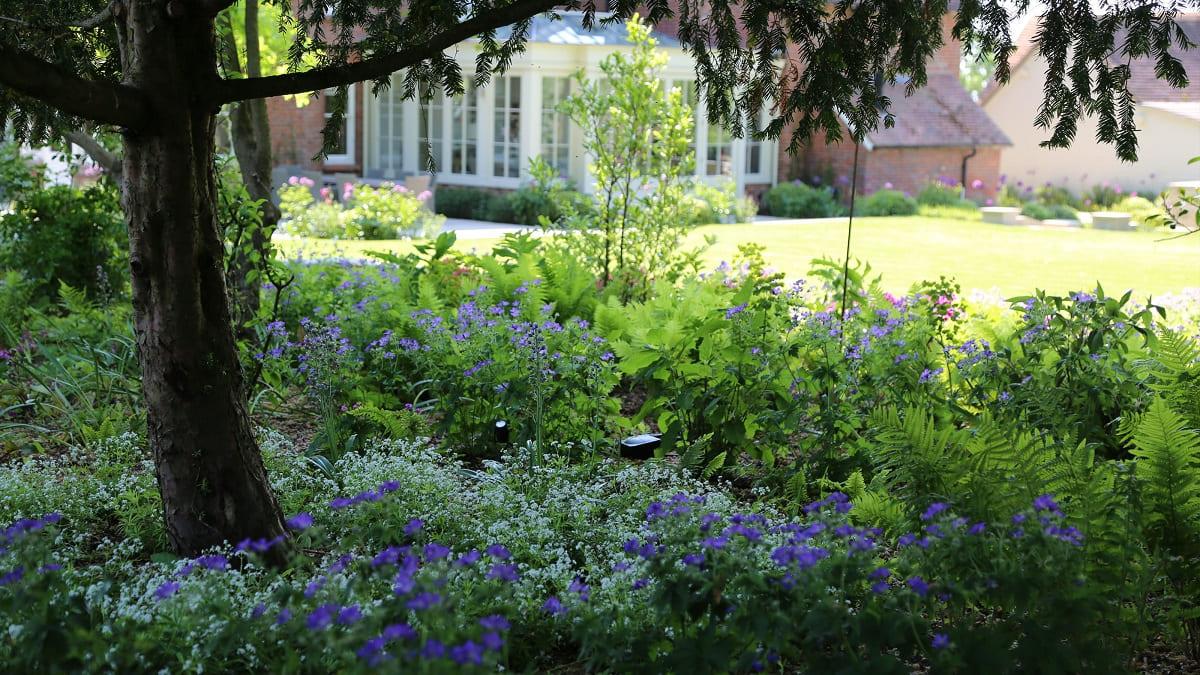
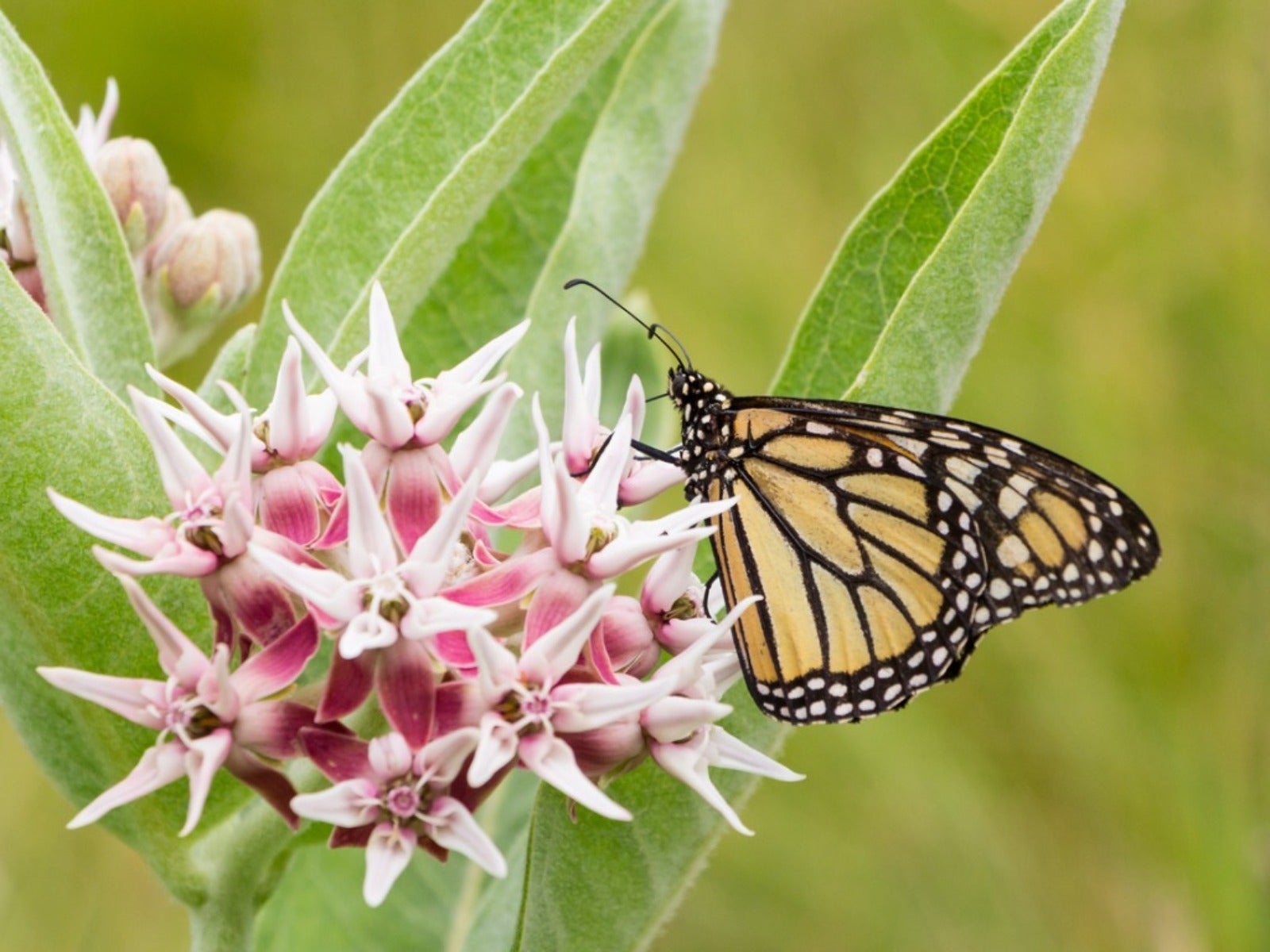
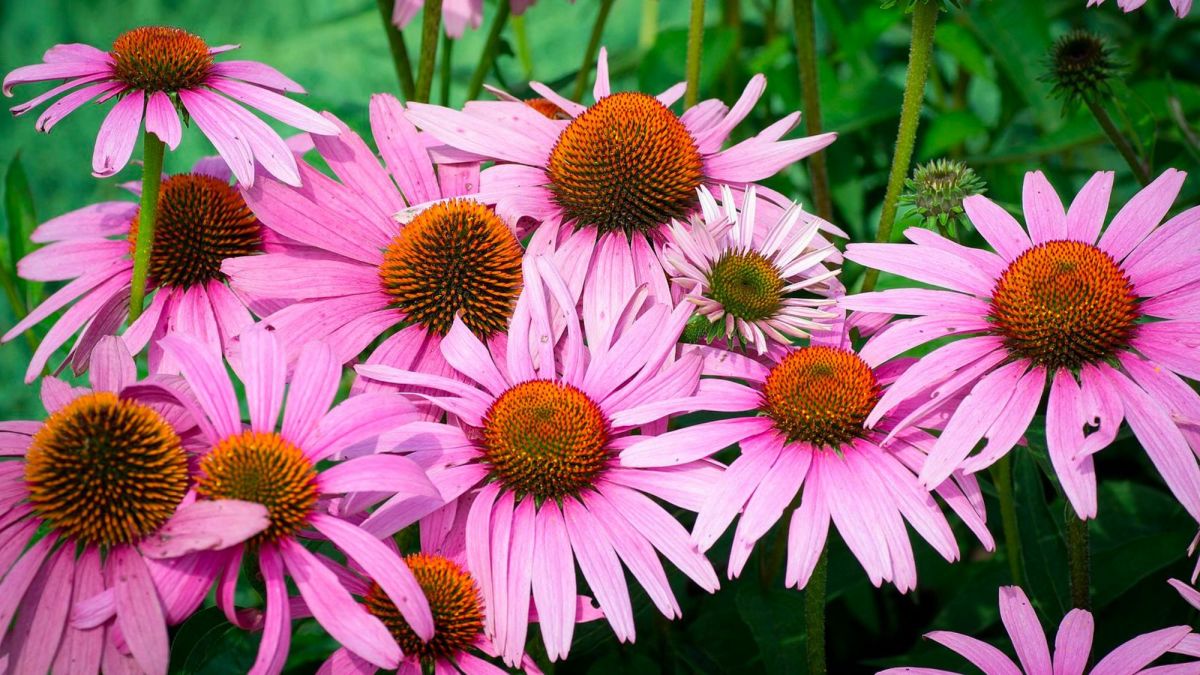
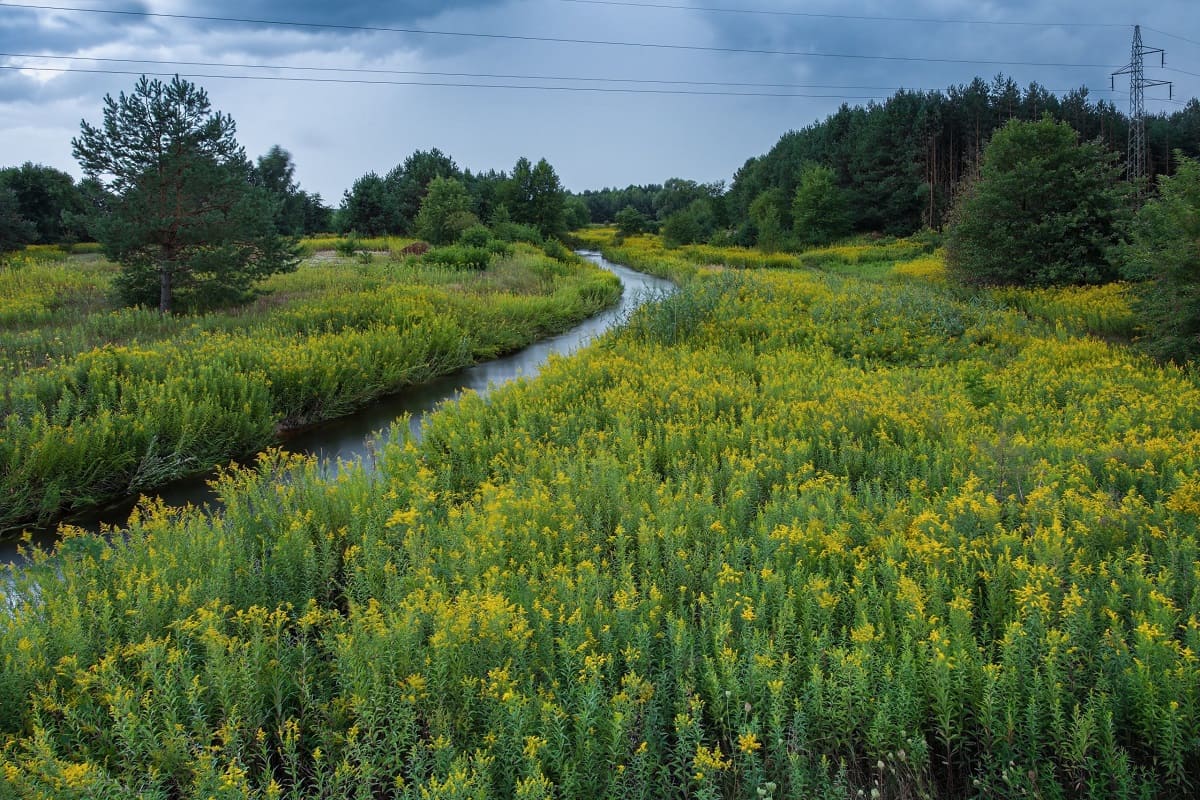
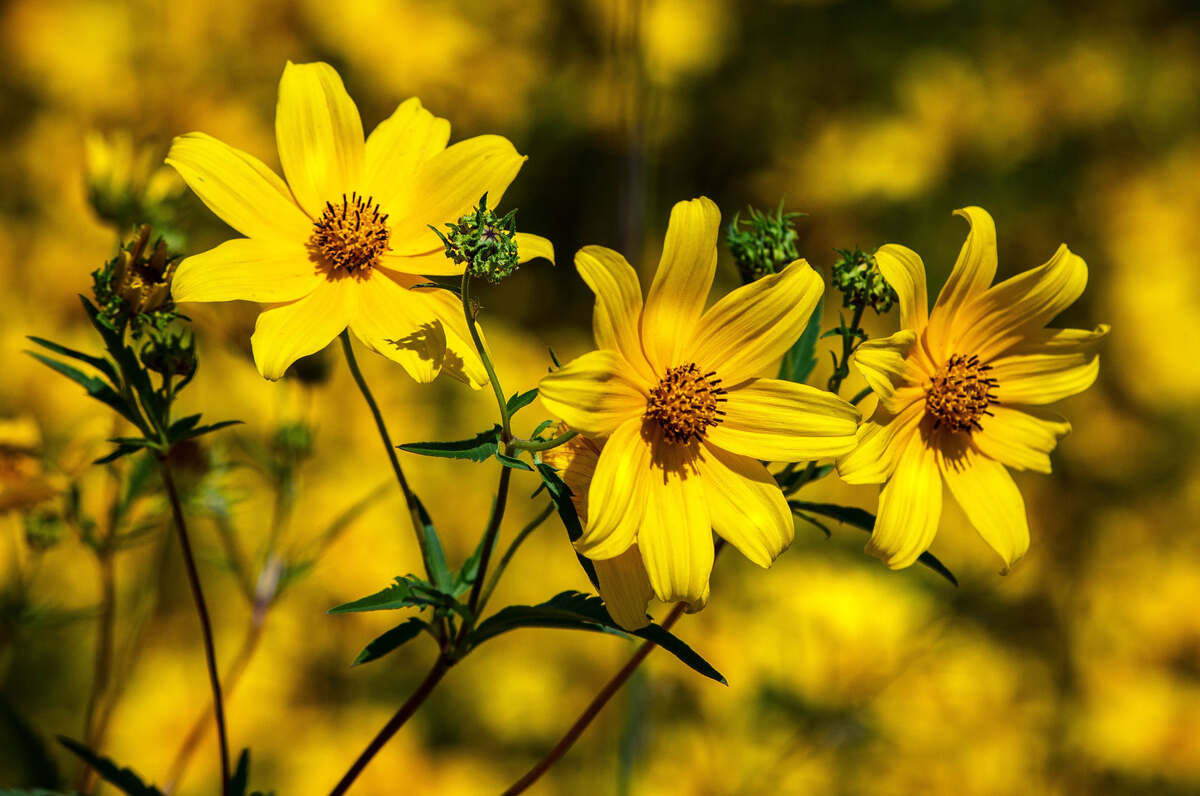
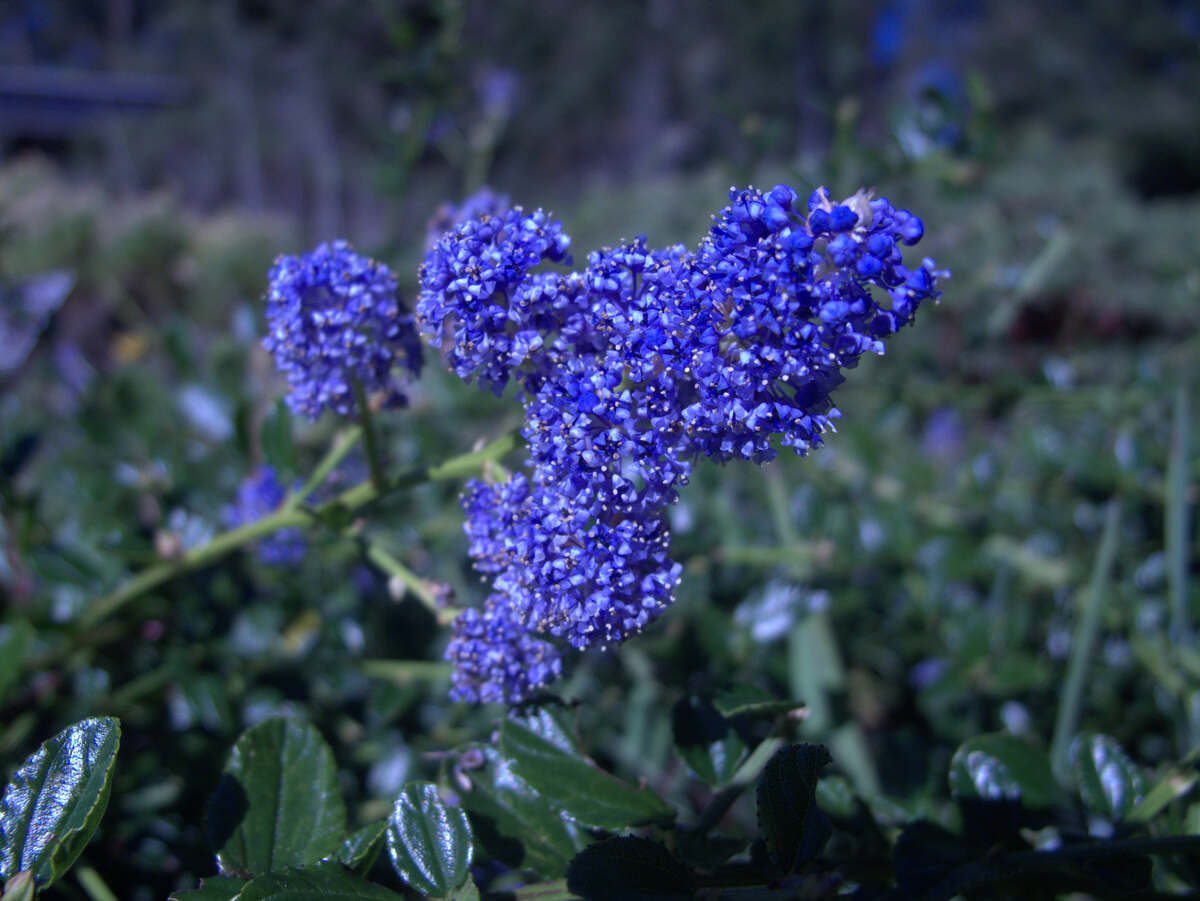
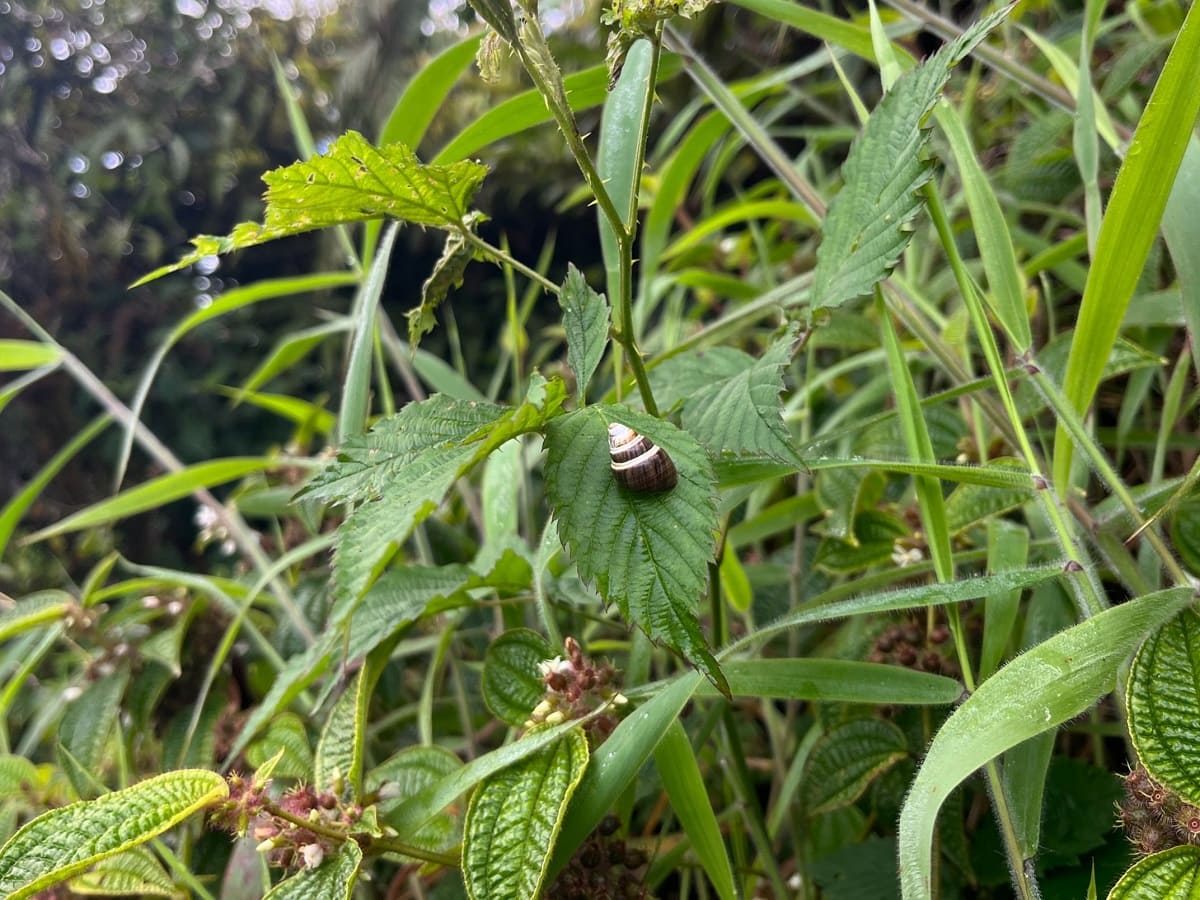
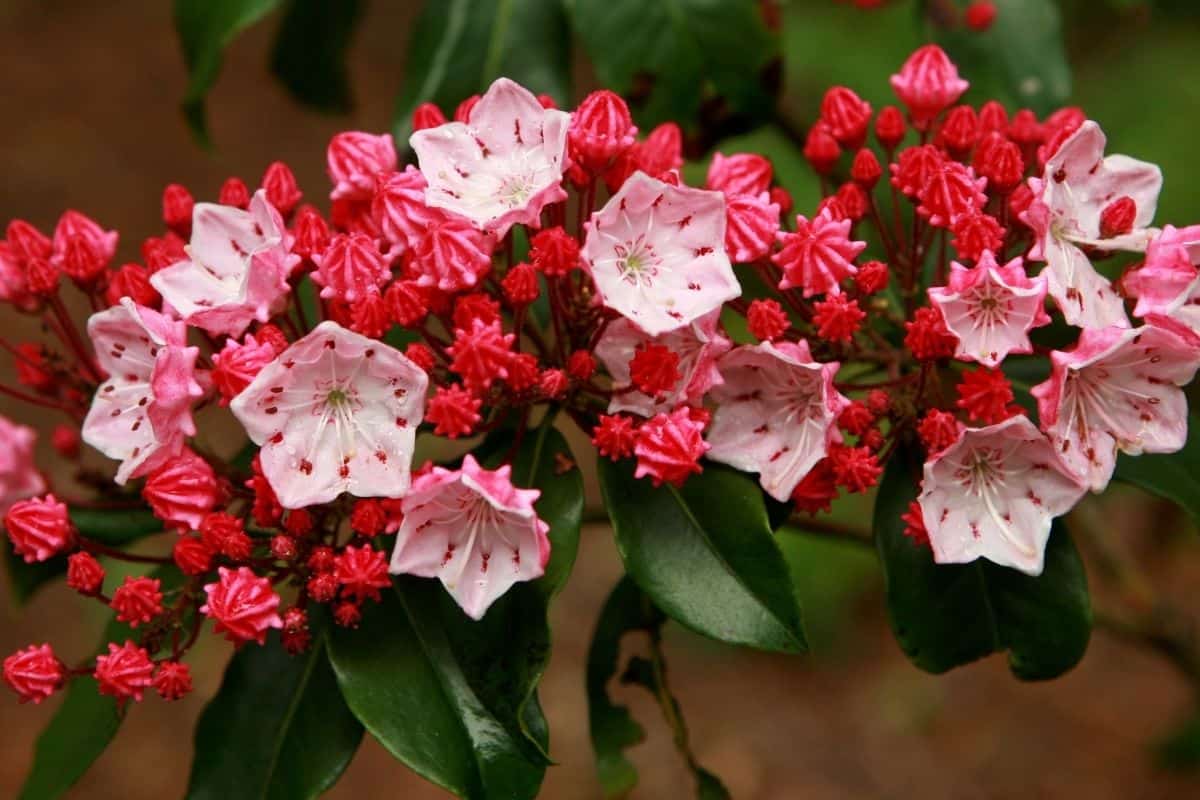

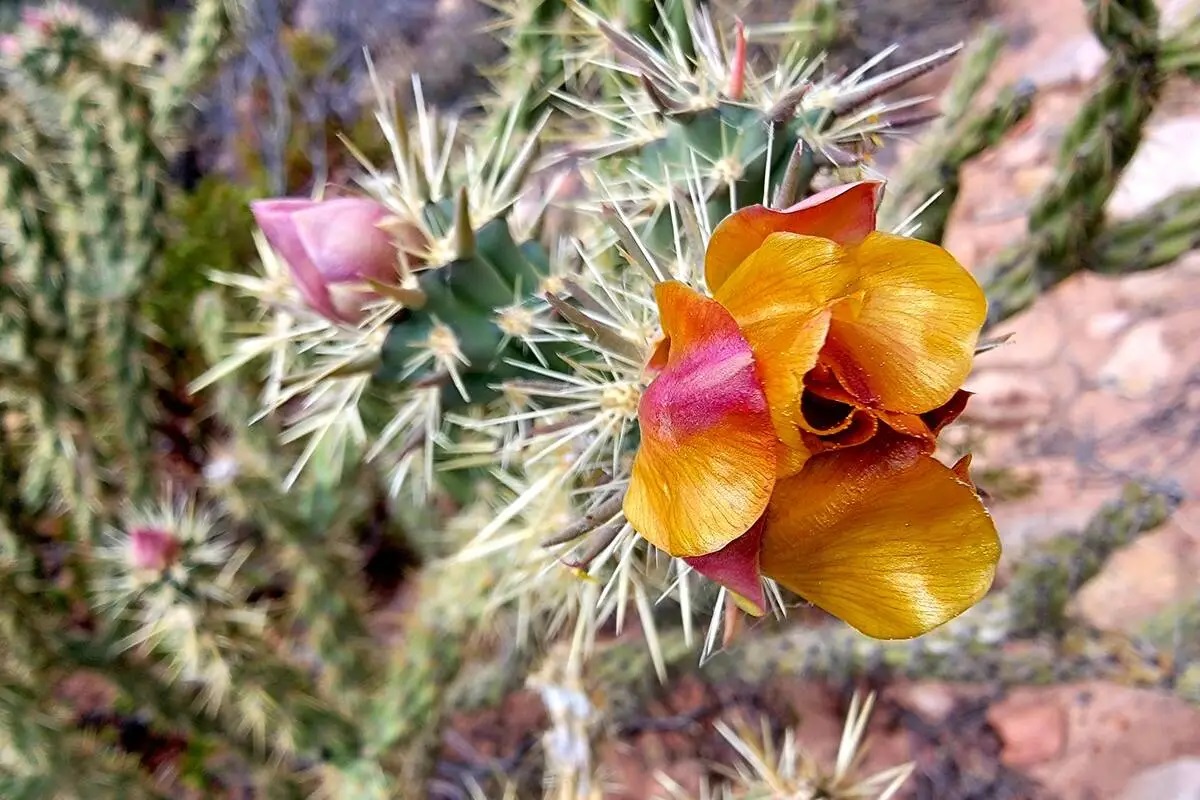

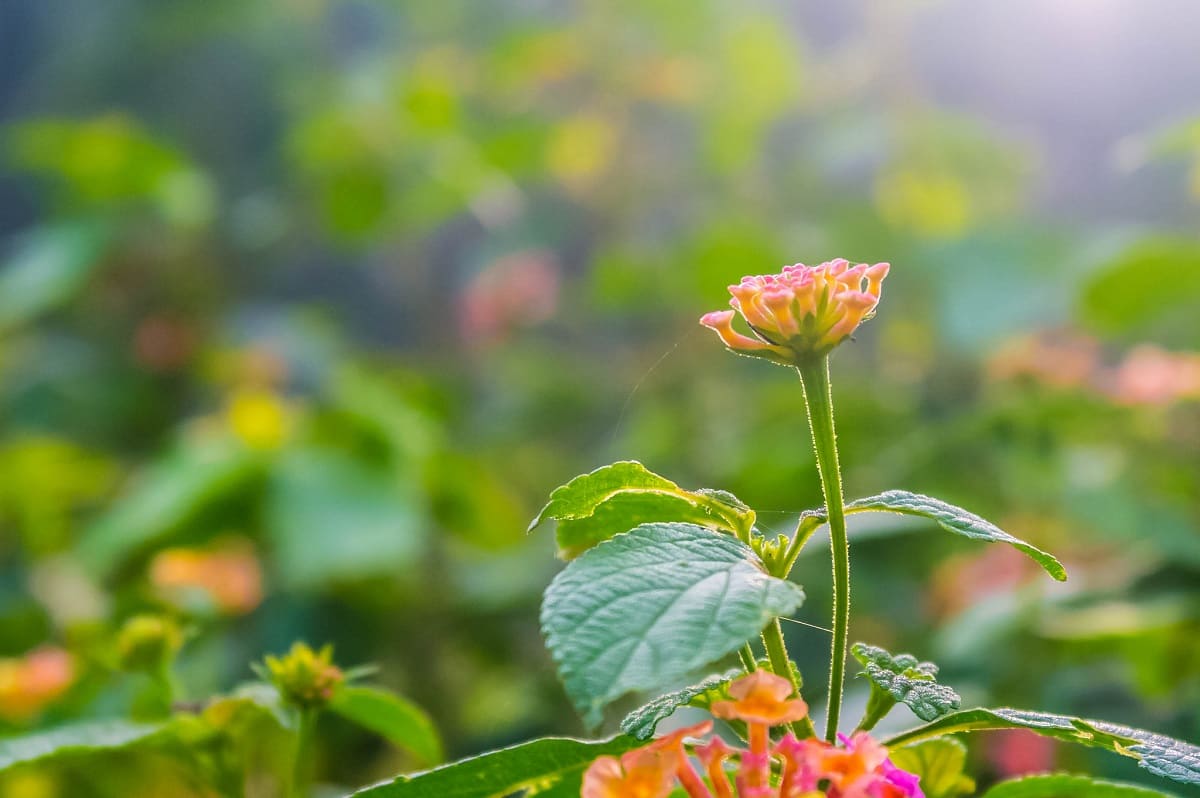

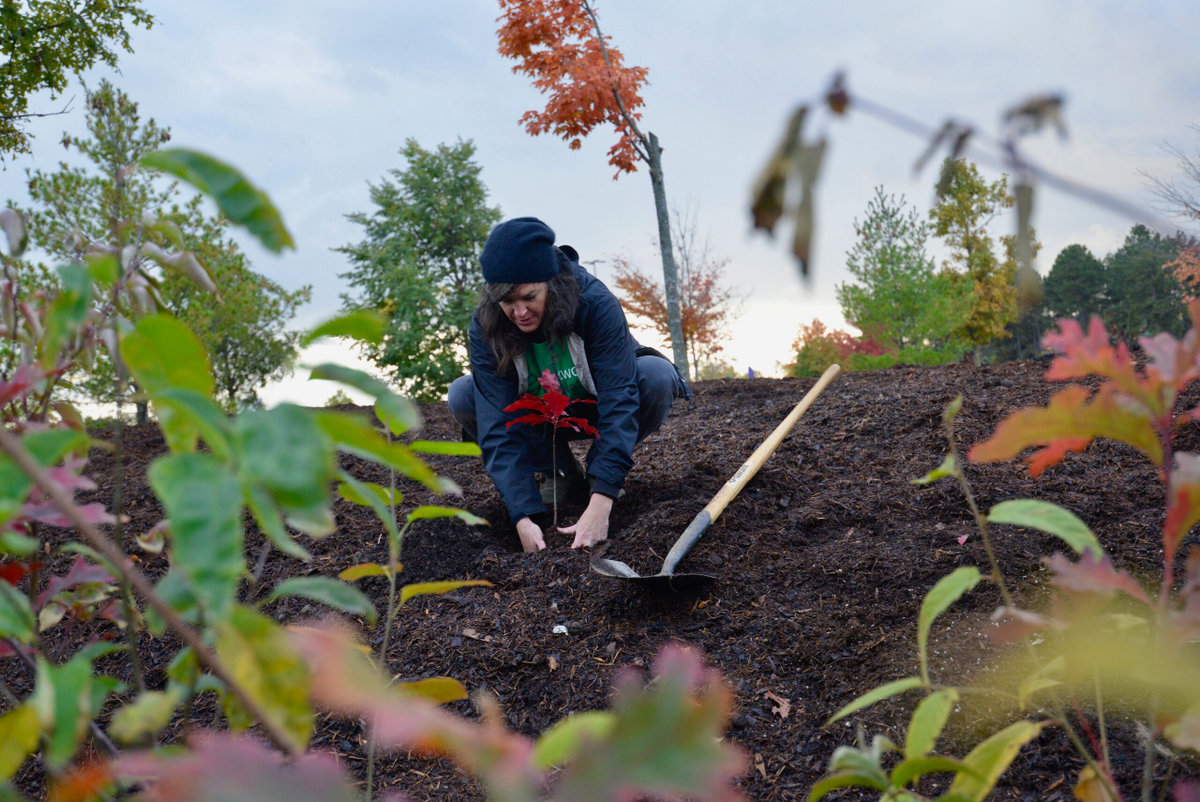

0 thoughts on “What Is A Native Plant In California”